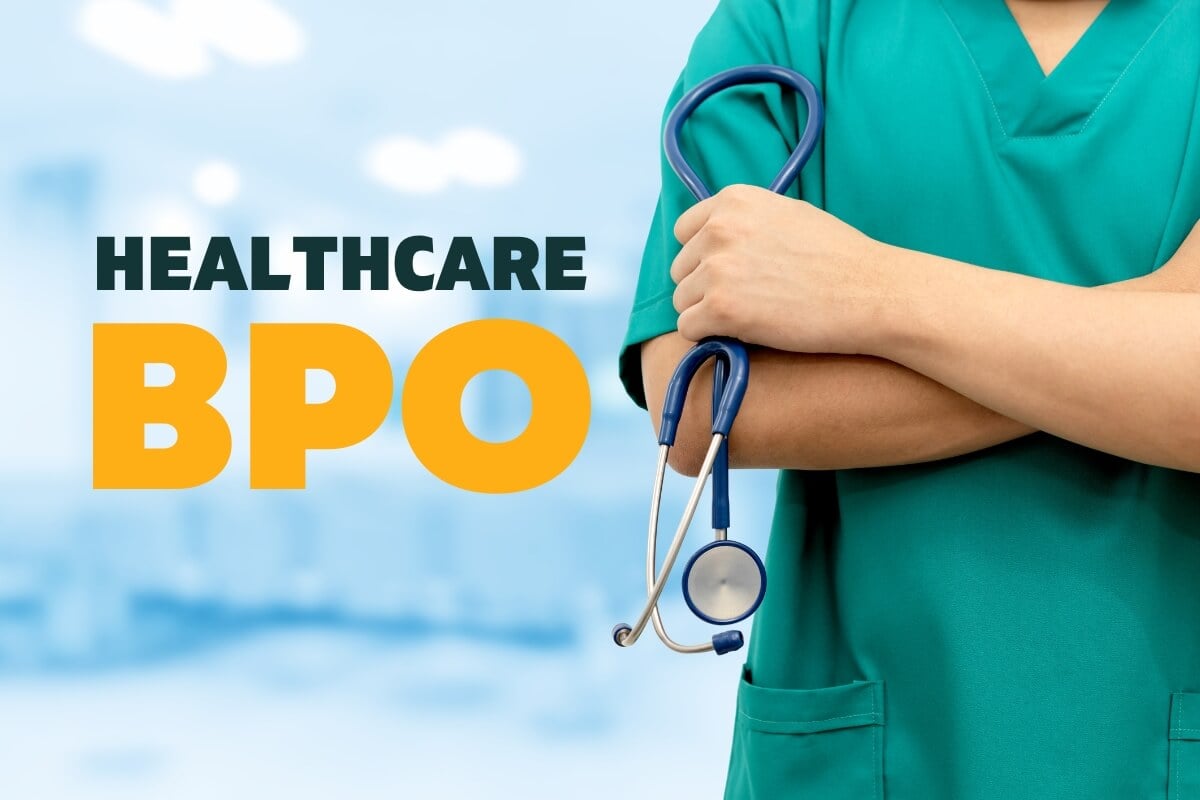A Comprehensive Overview on Just How Health Care RCM Functions to Enhance Invoicing and Collections
Navigating the complexities of medical care earnings cycle management (RCM) is important for providers intending to boost their payment and collections processes. The overview unboxes the complexities of RCM, from individual enrollment to receivables management, using insights into enhancing each step. Integrating innovative modern technology and standard procedures can dramatically decrease claim denials and speed up repayment cycles. Yet, real difficulty exists in effortlessly merging these components to increase cash circulation. As we check out the core parts and approaches that drive effectiveness, one inquiry stays: exactly how can healthcare entities ideal setting themselves to thrive monetarily in an ever-evolving sector?
Recognizing Revenue Cycle Administration
Comprehending the ins and outs of Profits Cycle Management (RCM) is necessary for healthcare companies aiming to maximize their financial efficiency. RCM is an important management feature that includes the whole economic procedure of client care, from the first appointment readying to the last payment of the balance. It is an intricate procedure developed to determine, accumulate, and take care of the revenue from the services given to clients. Efficient RCM makes certain that doctor get exact and timely repayments, reducing the danger of profits loss and boosting capital.
The RCM procedure begins when a patient timetables an appointment and extends with the patient's treatment trip, including billing and collections. A crucial objective is to reduce the time in between offering a service and getting repayment, therefore enhancing the organization's economic health and wellness. RCM involves various functions such as person registration, insurance verification, fee capture, coding, claims entry, payment publishing, and taking care of denials and allures.
Trick Elements of RCM
In the realm of Income Cycle Administration (RCM), recognizing its essential parts is fundamental to attaining monetary efficiency within healthcare organizations. RCM is an extensive process that incorporates different phases, each critical to making certain efficient payment and collections. The main parts consist of client enrollment, insurance verification, fee capture, coding, insurance claim submission, payment posting, and accounts receivable monitoring.


When coded, claims are sent to payers, where precision is paramount to prevent hold-ups or beings rejected - Healthcare RCM. Payment posting entails videotaping the gotten payments, which enables for the reconciliation of accounts. Finally, balance dues management concentrates on tracking and addressing unsettled cases, ensuring prompt follow-up and resolution
Each element of RCM is interconnected, and inefficiencies in any kind of part can interfere with the entire cycle. Consequently, mastering these components is important for doctor to optimize income and boost their monetary wellness.
Approaches for Reliable Invoicing

Standardizing payment treatments across the organization is another crucial strategy. Developing clear standards for documents, coding, and entry assists keep uniformity and compliance with regulatory requirements. Training personnel routinely on these procedures ensures every person is updated with the most up to date adjustments in payment codes and payer plans.
Exact charge capture is crucial in preventing revenue leak. Implementing normal audits and monitoring systems enables the identification and correction of inconsistencies before they impact income. Furthermore, maintaining open lines of interaction with payers helps to quickly fix any kind of conflicts or misunderstandings that may emerge.

Lastly, appealing patients early in the invoicing procedure by offering clear quotes and instructional materials concerning their monetary obligations can substantially lower complication and boost settlement timeliness. These techniques collectively add to a more financially healthy and reliable payment system.
Enhancing Collections Procedures
A robust collections procedure is important for preserving financial helpful resources security within healthcare organizations. Given the intricacies of clinical payment and the range of payer requirements, improving the collections procedure involves carrying out critical measures that make certain exact and prompt settlement of solutions provided. Central to this is the usage of innovation to automate and simplify procedures, reducing hand-operated mistakes and enhancing efficiency. Automation tools can assist in tracking claim conditions, sending out timely reminders to individuals, and handling rejections better.
Educating personnel to understand the subtleties of insurance plans and invoicing codes is similarly important. This knowledge empowers them to attend to payment disparities swiftly and interact efficiently with clients concerning their financial obligations. Furthermore, clear and clear patient interactions are essential. Supplying detailed explanations of costs and supplying flexible layaway plan can enhance client complete satisfaction and timely payments.
Normal audits of the collections process need to be performed to determine areas for improvement and make sure compliance with laws. By assessing information, healthcare organizations can identify patterns, anticipate possible issues, and adapt methods appropriately (Healthcare RCM). Inevitably, a well-enhanced collections procedure not only sustains financial health and wellness but likewise adds to a more seamless experience for people and team alike
Optimizing Revenue Streams
Building upon the structure of a strong collections process, medical care organizations can better reinforce their economic security by strategically enhancing earnings streams. This involves a multi-faceted method, starting with a comprehensive analysis of existing profits resources to identify ineffectiveness and locations for development. Using advanced data analytics tools allows companies to obtain insights into payer mix, client demographics, and service use patterns, permitting for data-driven choices that boost image source revenue capture.
Carrying out automated payment systems can substantially reduce errors and speed up cases refining, ensuring that income is gathered much more effectively. Moreover, enhancing payer agreements through routine settlements can improve reimbursement rates and terms, directly influencing the lower line. Expanding solution offerings, such as integrating telehealth or health care, can likewise attract a wider client base, thus increasing income potential.
An additional critical component is boosting person involvement and contentment, as completely satisfied individuals are more probable to stick to treatment strategies and make prompt settlements. Using versatile payment options and transparent billing techniques can enhance collections and foster individual loyalty. Healthcare RCM. By embracing these strategies, healthcare companies can develop an extra resilient financial structure, ensuring continual growth and stability in an ever-changing sector landscape
Final Thought
Finally, medical care Income Cycle Management (RCM) plays an essential role in maximizing invoicing and collections procedures by incorporating crucial components such as individual enrollment, insurance policy confirmation, fee capture, coding, declares entry, and balance due administration. By utilizing advanced modern technology, standardizing treatments, and promoting person interaction, health care suppliers can dramatically decrease insurance claim rejections, speed up repayment cycles, and enhance money circulation. This extensive approach to RCM eventually causes improved monetary performance and sustainability for medical care organizations.
The RCM process starts when a person schedules a visit and expands via the client's treatment trip, consisting of billing and collections.One more essential see this website component is improving individual involvement and satisfaction, as pleased individuals are extra likely to adhere to treatment plans and make timely settlements. Providing flexible settlement choices and clear billing practices can improve collections and foster client loyalty.In final thought, health care Profits Cycle Administration (RCM) plays a crucial role in optimizing billing and collections processes by integrating key components such as patient enrollment, insurance verification, charge capture, coding, claims submission, and accounts receivable management. By employing advanced innovation, standardizing procedures, and fostering client engagement, healthcare suppliers can dramatically decrease claim denials, accelerate payment cycles, and boost cash money flow.
Comments on “Just How Healthcare RCM Solutions Streamline Billing and Collections”